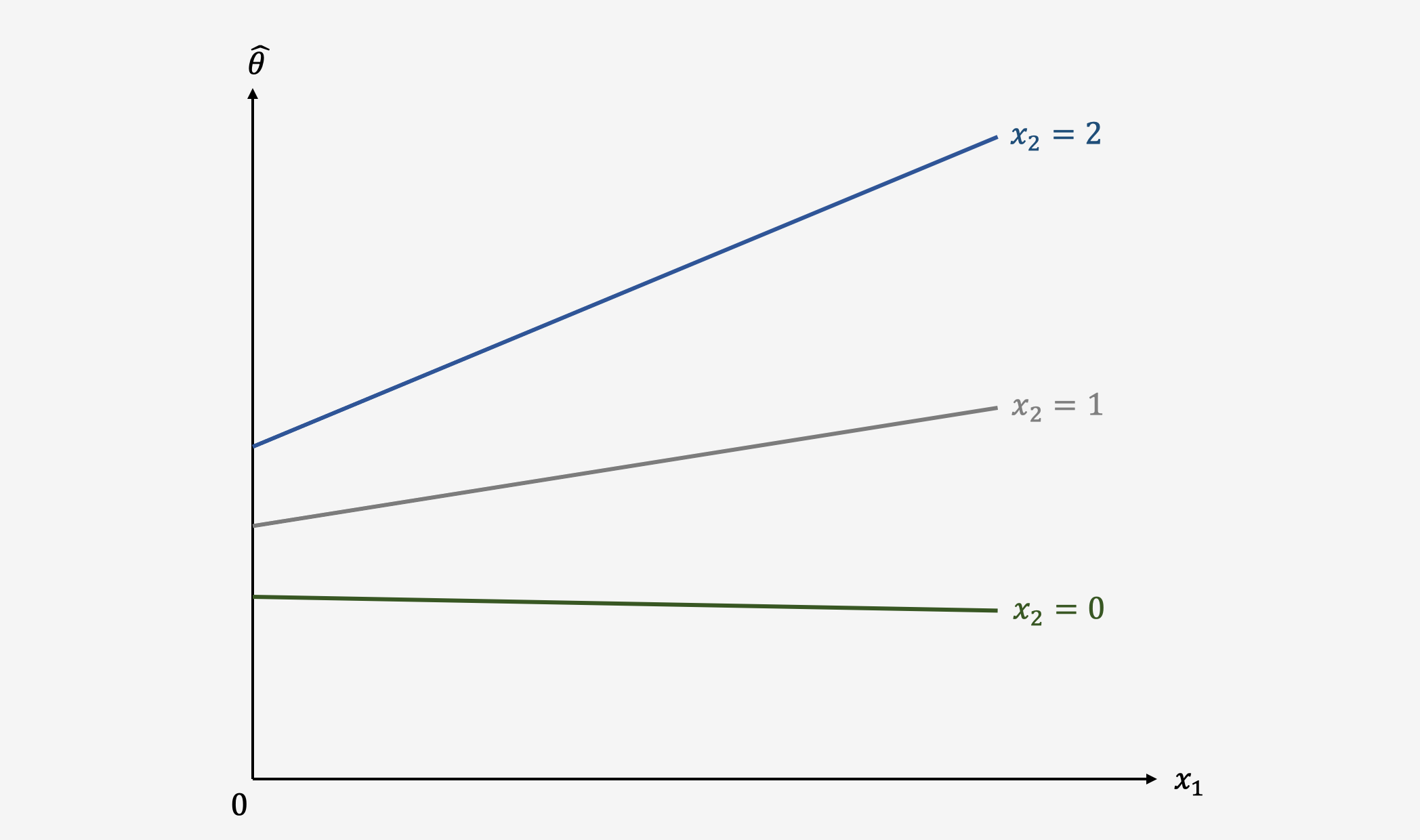

Lastly, we discuss ways to address large amounts of heterogeneity in “real-world” meta-analyses.īefore we start discussing heterogeneity measures, we should first clarify that heterogeneity can mean different things. We will also cover a few tools which allow us to detect studies that contribute to the heterogeneity in our data. In this chapter, we will have a closer look at different ways to measure heterogeneity, and how they can be interpreted. An essential part of this is to quantify and analyze the between-study heterogeneity. Every good meta-analysis should not only report an overall effect but also state how trustworthy this estimate is. Therefore, meta-analysts must always take into account the variation in the analyzed studies. In extreme cases, very high heterogeneity can mean that the studies have nothing in common, and that it makes no sense to interpret the pooled effect at all. Yet, if we look at the pooled effect in isolation, this detail will likely be missed. Such information can be very valuable for researchers, because it might allow us to find certain contexts in which effects are lower or higher. High heterogeneity can also be caused by the fact that there are two or more subgroups of studies in our data that have a different true effect. The fact that the treatment had an adverse effect in some studies is lost. If the pooled effect of such a meta-analysis is positive, this does not tell us that there were some studies with a true negative effect. Imagine a case where the heterogeneity is very high, meaning that the true effect sizes (e.g. of some treatment) range from highly positive to negative. There are many scenarios in which the pooled effect alone is not a good representation of the data in our meta-analysis. Yet, it does not tell us if this pooled effect can be interpreted in a meaningful way. The random-effects model always allows us to calculate a pooled effect size, even if the studies are very heterogeneous. This allows to calculate the pooled effect, defined as the mean of the true effect size distribution. It therefore includes an estimate of \(\tau^2\), which quantifies this variance in true effects. The random-effects model assumes that between-study heterogeneity causes the true effect sizes of studies to differ. We already mentioned this concept briefly in the last chapter in connection with the random-effects model. The extent to which true effect sizes vary within a meta-analysis is called between-study heterogeneity. Such information is lost in the aggregate effect, and we do not know if all studies yielded small effect sizes, or if there were exceptions. For example, it could be that while the overall effect we calculate in the meta-analysis is small, there are still a few outliers with very high effect sizes.

This, however, only makes sense if we are not comparing apples and oranges. As we have seen, the aim of both the fixed- and random-effects model is to synthesize the effects of many different studies into one single number.
#COMPREHENSIVE META ANALYSIS SUBGROUP WITHIN THEA NALYSIS HOW TO#
Y now, we have already learned how to pool effect sizes in a meta-analysis.


 0 kommentar(er)
0 kommentar(er)
